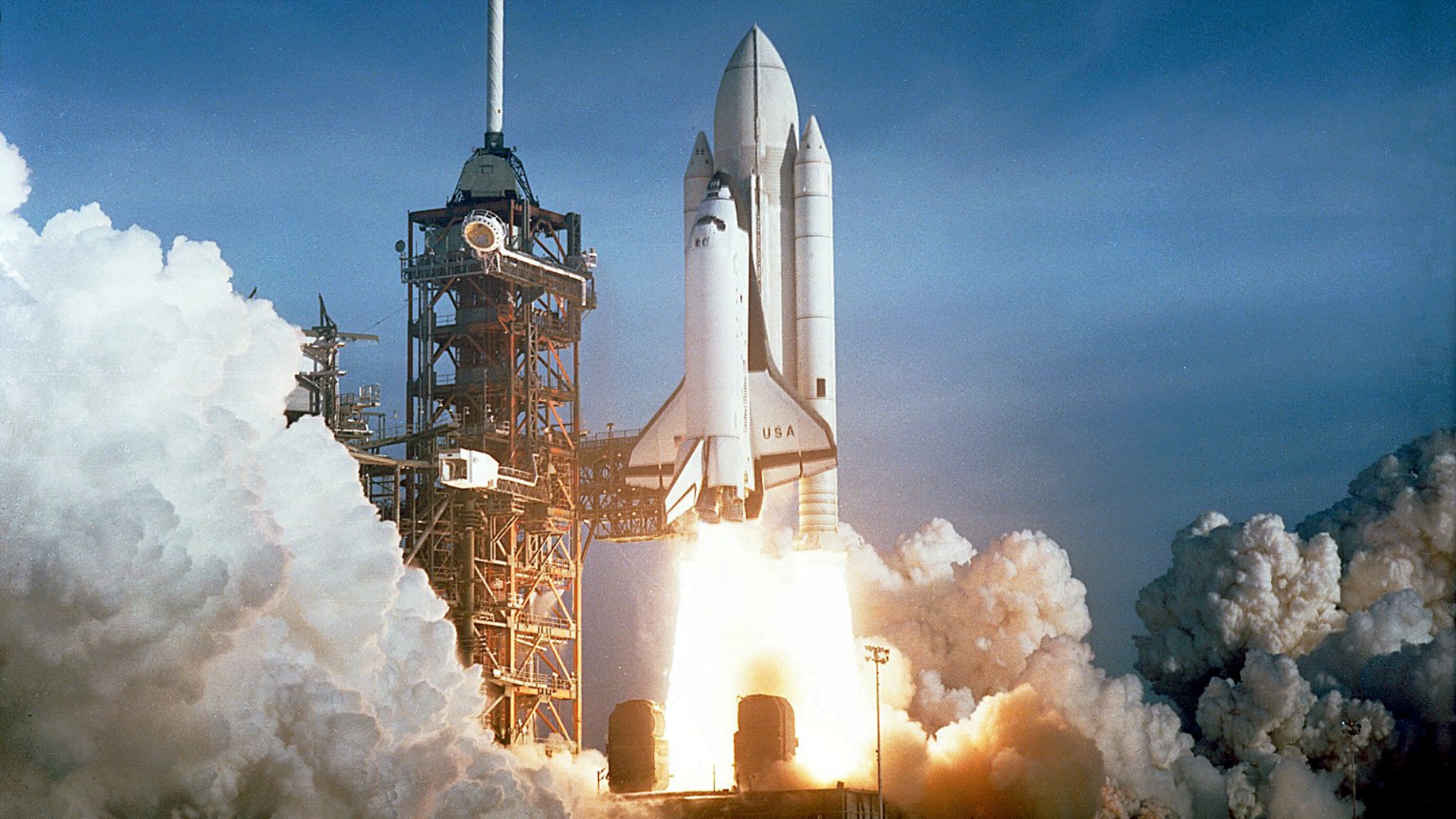
Aerospace is a dynamic and expansive field encompassing the design, development, production, operation, and maintenance of aircraft and spacecraft. It represents a pinnacle of human ingenuity and technological achievement, with profound impacts on global transportation, communication, national defense, and scientific exploration. This comprehensive overview delves into the multifaceted world of aerospace, exploring its history, key sectors, technological advancements, and future prospects.
Historical Evolution

The roots of aerospace can be traced back to ancient times, with early experiments in flight conducted by visionaries like Leonardo da Vinci. However, significant progress in aerospace technology began in the 20th century, driven by the ambitions of pioneers such as the Wright brothers, who achieved the first powered flight in 1903. The subsequent decades witnessed rapid advancements in aviation, leading to the development of commercial airlines, military aircraft, and space exploration.
The mid-20th century marked a transformative era for aerospace with the advent of jet propulsion, which enabled faster and more efficient air travel. The Cold War era spurred intense competition between superpowers, driving innovations in military aviation and space technology. Notable achievements during this period include the launch of the first artificial satellite, Sputnik 1, by the Soviet Union in 1957, and the historic Moon landing by NASA’s Apollo 11 mission in 1969.
Key Sectors of Aerospace
a. Commercial Aviation

Commercial aviation represents one of the largest sectors within aerospace, encompassing passenger and cargo air transportation. Major aircraft manufacturers like Boeing and Airbus design and produce a wide range of commercial aircraft, from regional jets to long-haul airliners like the Boeing 787 Dreamliner and Airbus A350. Commercial aviation has revolutionized global connectivity, facilitating business travel, tourism, and trade on a massive scale.
b. Military Aerospace

Military aerospace focuses on the design and development of aircraft and related systems for defense purposes. This sector includes fighter jets, bombers, reconnaissance aircraft, and unmanned aerial vehicles (UAVs). Military aerospace drives innovation in stealth technology, avionics, and weapons systems, playing a critical role in national security and defense strategies worldwide.
c. Space Exploration

Space exploration represents the frontier of aerospace technology, with the goal of expanding humanity’s presence beyond Earth. Government space agencies like NASA (USA), ESA (Europe), Roscosmos (Russia), and private companies like SpaceX and Blue Origin are leading efforts to explore celestial bodies, conduct scientific research, and establish human settlements in space. Recent milestones include the deployment of the International Space Station (ISS) and plans for crewed missions to Mars.
d. Aerospace Engineering and Manufacturing

Aerospace engineering involves the design, testing, and production of aircraft and spacecraft components. This sector encompasses a wide range of disciplines, including aerodynamics, materials science, propulsion systems, and structural engineering. Advanced manufacturing techniques such as additive manufacturing (3D printing) and composite materials have revolutionized aerospace engineering, enabling lighter, more fuel-efficient aircraft and spacecraft.
Technological Advancements

Aerospace is characterized by continuous technological innovation, driven by a quest for improved performance, efficiency, and safety. Key technological advancements include:
a. Jet Propulsion
The development of jet engines revolutionized aviation by providing faster speeds and greater fuel efficiency compared to piston engines. Modern turbofan engines power most commercial airliners, while military aircraft use afterburning turbojets for supersonic speeds.
b. Composite Materials
The use of lightweight composite materials like carbon fiber-reinforced polymers has enabled the construction of stronger, more fuel-efficient aircraft and spacecraft. Composites offer higher strength-to-weight ratios compared to traditional metals, reducing structural weight and improving performance.
c. Avionics and Fly-by-Wire Systems
Advances in avionics (aviation electronics) have led to the widespread adoption of fly-by-wire systems, where electronic signals replace mechanical linkages in aircraft controls. This technology enhances maneuverability, stability, and safety while reducing pilot workload.
d. Space Exploration Technologies
Space exploration has benefited from advancements in robotics, remote sensing, and propulsion systems. Autonomous rovers like NASA’s Curiosity explore the surface of Mars, while ion propulsion systems enable spacecraft to travel vast distances with minimal fuel consumption.
Economic and Global Impact
Aerospace has a significant economic impact, generating billions of dollars in revenue and supporting millions of jobs worldwide. Major aerospace manufacturers like Boeing, Airbus, Lockheed Martin, and Northrop Grumman are key contributors to national economies, driving exports and technological innovation. The aerospace industry also fosters collaboration between governments, research institutions, and private companies, leading to spin-off technologies that benefit other sectors.
Furthermore, aerospace plays a crucial role in global transportation and logistics, facilitating international trade and supply chain operations. Commercial airlines transport billions of passengers and tons of cargo annually, connecting distant regions and fueling economic growth. The space industry, meanwhile, offers opportunities for scientific research, telecommunications, Earth observation, and satellite navigation services that underpin modern society.
Future Prospects and Challenges

Looking ahead, aerospace faces both opportunities and challenges as it enters a new era of innovation and exploration. Key trends and considerations include:
a. Sustainable Aviation
The aviation industry is under pressure to reduce its environmental impact, with a focus on reducing carbon emissions and noise pollution. Research into alternative fuels, electric propulsion, and hybrid aircraft technologies is underway to develop more sustainable aviation solutions.
b. Space Tourism and Commercialization
Advances in reusable rocket technology and private spaceflight initiatives are paving the way for space tourism and commercial activities in low Earth orbit. Companies like SpaceX, Blue Origin, and Virgin Galactic aim to make space travel accessible to private individuals and corporations.
c. Advancements in Hypersonic Flight
Research into hypersonic aircraft capable of traveling at speeds exceeding Mach 5 could revolutionize long-haul air travel and military capabilities. Hypersonic vehicles offer the potential for rapid global mobility and enhanced deterrence.
d. Cybersecurity and Digitalization
As aerospace systems become increasingly interconnected and reliant on digital technologies, cybersecurity emerges as a critical concern. Protecting aircraft and spacecraft from cyber threats is essential to ensure safety and operational integrity.
In conclusion, aerospace is a multifaceted field that continues to push the boundaries of human exploration and technological innovation. From commercial aviation to space exploration, aerospace plays a pivotal role in shaping the future of transportation, communication, and scientific discovery. As we navigate the challenges of the 21st century, aerospace will remain a beacon of ingenuity and ambition, driving progress and unlocking new frontiers for generations to come.

